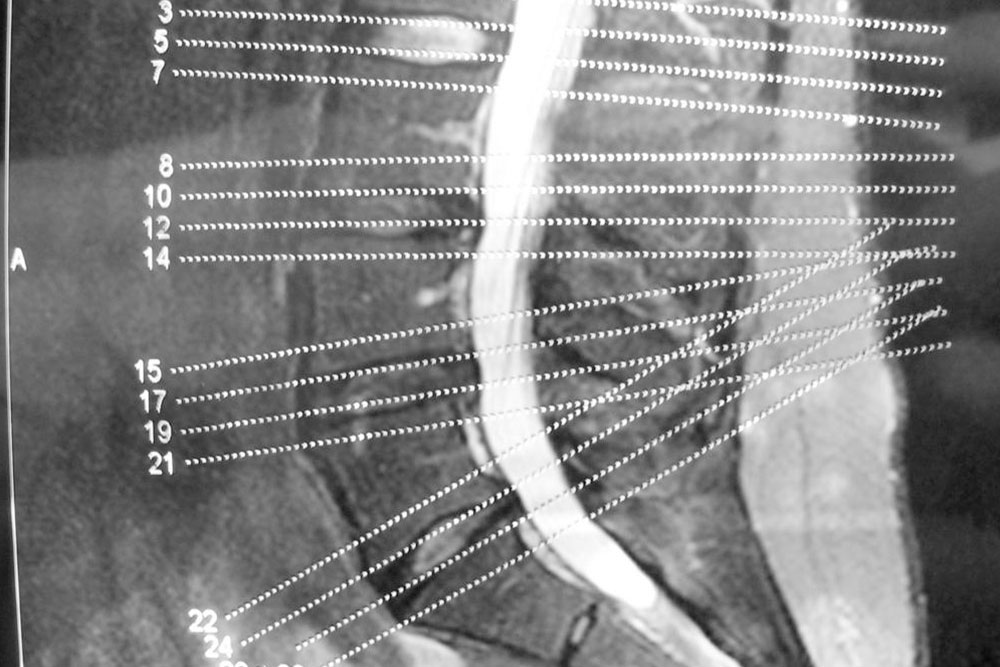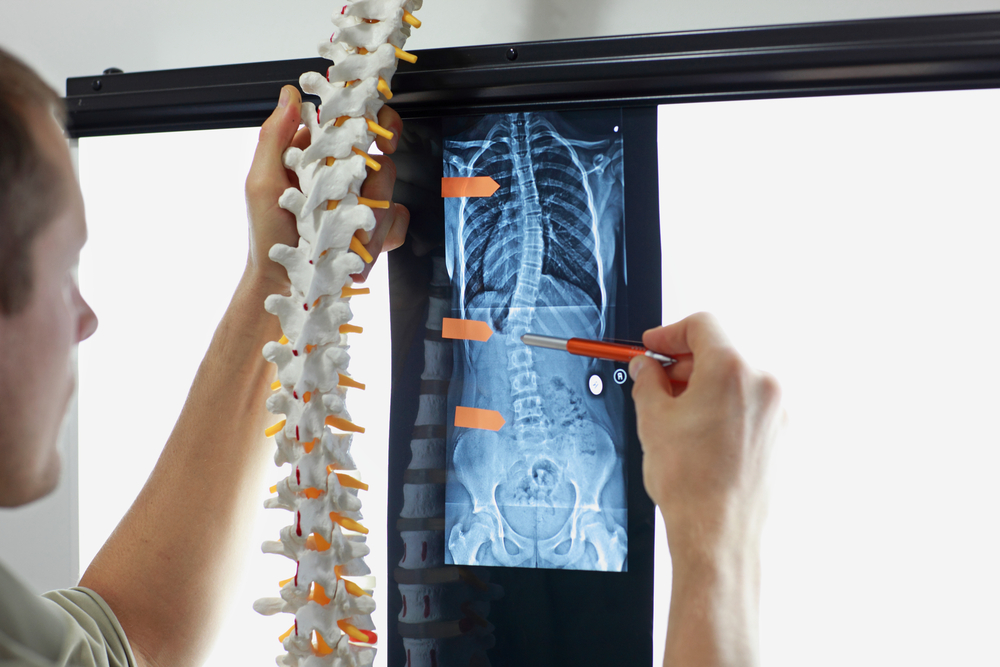Understanding Degenerative Spine Conditions: Disc and Joint Diseases Explained
This article provides an overview of degenerative disc and joint diseases affecting the spine. It explains the causes, symptoms, and differences between these conditions, emphasizing the importance of early diagnosis and treatment. Understanding these common degenerative conditions can help individuals seek appropriate medical care and improve spinal health as they age. Comprehensive information aims to raise awareness about spinal degeneration and its impact on quality of life.

Understanding Degenerative Spine Conditions: Disc and Joint Diseases Explained
Degenerative diseases involve the slow decline of body tissues or cells as part of the aging process. Over time, the spine endures stress from daily activities, leading to tissue wear and tear. This deterioration often causes back discomfort and stiffness. Two common conditions are degenerative disc disease and degenerative joint disease, both affecting the spine but with distinct features. Recognizing their differences can aid in proper diagnosis and treatment.
Degenerative disc disease occurs when the cushioning discs between vertebrae lose their elasticity, often due to dehydration and flattening over time. This can cause severe lower back pain, especially if discs crack or soften, allowing the soft core to protrude or slip.
Degenerative joint disease, or osteoarthritis, impacts the facet joints that facilitate spinal movement. When cartilage protecting these joints wears down, bones may rub directly against each other, resulting in inflammation and pain. If untreated, both conditions can worsen, potentially leading to permanent damage and impacting other joints as well.
Note:
This article offers general insights into degenerative spine conditions based on research. While informative, it should not replace professional medical advice. The information provided aims to increase awareness but may not cover all individual cases or recent advances. Users should consult healthcare providers for diagnosis and treatment options.









